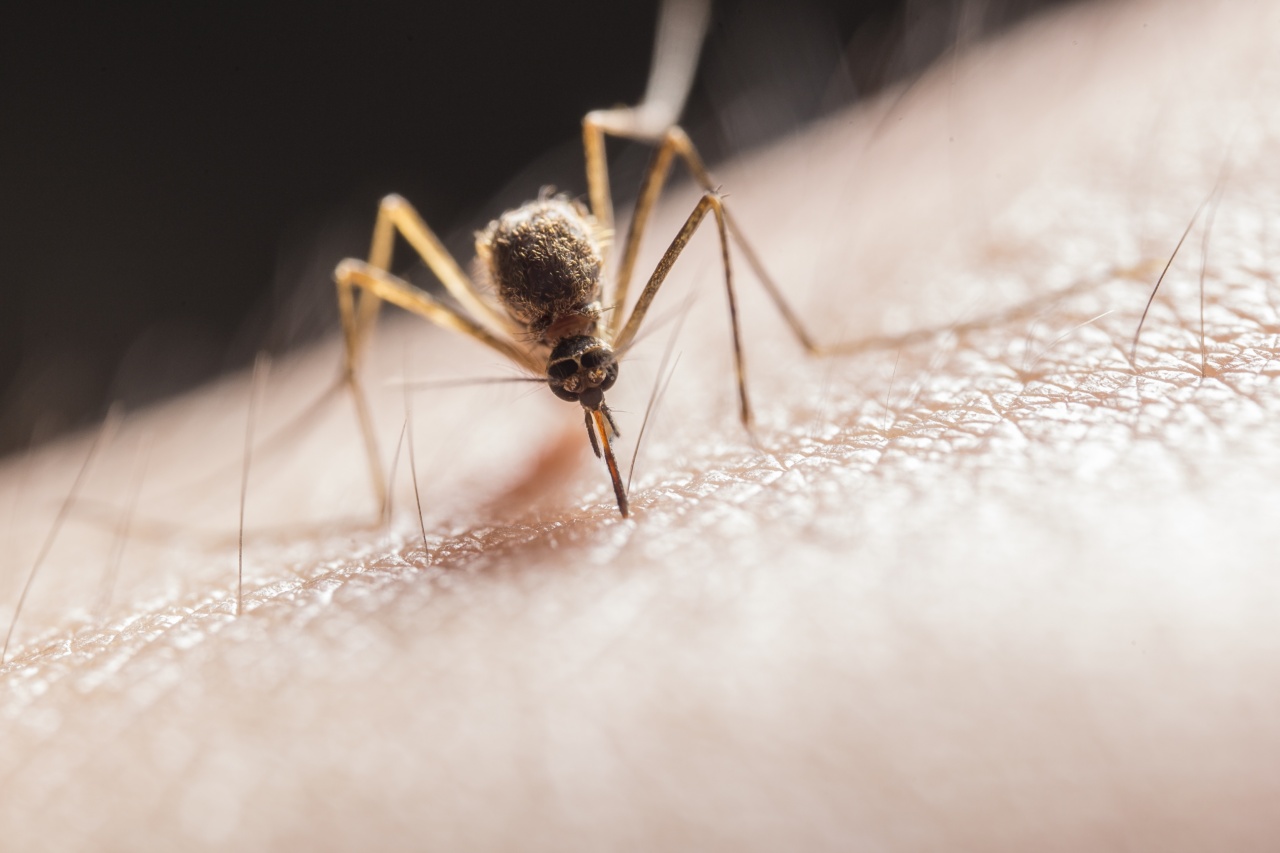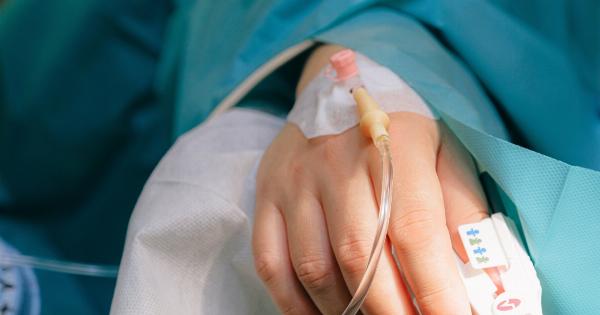An insect bite may seem like a minor inconvenience for most people, causing only temporary discomfort and itching. However, in rare cases, an insect bite can lead to a more severe and even life-threatening condition known as cardiac arrest.
Cardiac arrest occurs when the heart suddenly stops functioning, resulting in the absence of blood flow to the brain and other vital organs. In this article, we will explore the potential causes, symptoms, and treatment options for cardiac arrest following an insect bite, as well as the preventive measures individuals can take to minimize the risk.
The Danger of Insect Bites
Insect bites are a common occurrence, especially during warmer months, and are generally harmless. However, some individuals may be allergic to insect venom, which can lead to an allergic reaction.
Most allergic reactions are mild and can be treated with over-the-counter antihistamines or topical creams. In some cases, however, severe allergic reactions can occur, leading to anaphylaxis, a potentially life-threatening condition characterized by difficulty breathing, swelling of the throat, and a drop in blood pressure.
Cardiac Arrest: A Rare Complication
While anaphylaxis is a well-known consequence of insect bites, cardiac arrest following an insect bite is an exceptionally rare occurrence. It is believed to be triggered by a severe allergic reaction combined with a heightened sensitivity to the venom.
When an allergic reaction is severe, it can cause a sudden and severe drop in blood pressure, leading to inadequate blood flow to the heart, brain, and other organs. This can result in cardiac arrest.
Recognizing the Symptoms
It is crucial to be able to recognize the symptoms of cardiac arrest following an insect bite, as prompt medical attention is essential for survival. Common signs of cardiac arrest include:.
- Loss of consciousness
- Absence of breathing or abnormal breathing patterns
- Lack of pulse or a weak pulse
- Unresponsiveness
- Bluish or pale skin
If these symptoms are observed in someone who has recently been bitten by an insect, it is crucial to seek emergency medical assistance immediately.
Time is of the essence in such cases, and the sooner medical interventions are initiated, the higher the chances of survival.
Emergency Treatment and Management
When dealing with a cardiac arrest caused by an insect bite, the immediate goal is to restore the normal rhythm of the heart and maintain blood flow to vital organs. Here are the steps involved in emergency treatment and management:.
1. Call for Help
The moment cardiac arrest is suspected, it is crucial to call emergency services or notify the nearest healthcare facility.
They can guide the caller through appropriate actions, provide life-saving instructions, and dispatch medical personnel to the location.
2. Start CPR
Cardiopulmonary resuscitation (CPR) is a lifesaving technique that can be performed by bystanders while awaiting professional help.
CPR involves a combination of chest compressions and rescue breaths to keep oxygenated blood circulating throughout the body. Chest compressions should be performed at a rate of about 100-120 compressions per minute.
3. Use an Automated External Defibrillator (AED)
If an automated external defibrillator (AED) is available, it should be used as soon as possible. AEDs are portable devices that deliver an electric shock to the heart, aiming to restore its normal rhythm.
These devices are designed to be user-friendly, with clear instructions and voice prompts to guide the operator.
4. Administer Epinephrine
Epinephrine, also known as adrenaline, is a hormone that can help reverse the severe drop in blood pressure associated with anaphylaxis. It is typically administered via an auto-injector into the thigh muscle.
Epinephrine works by constricting blood vessels and increasing the heart’s output, thereby improving blood flow throughout the body.
5. Antiarrhythmic Medications
To stabilize the heart’s rhythm, antiarrhythmic medications, such as lidocaine or amiodarone, may be administered intravenously. These medications help restore or maintain a regular heartbeat and prevent further cardiac complications.
6. Hospitalization and Further Treatment
Following the initial emergency interventions, the individual will typically be transported to a hospital’s emergency department for further assessment and treatment.
Depending on the severity of the cardiac arrest and the underlying cause, additional interventions, such as intravenous fluids, oxygen therapy, or even advanced cardiac procedures, may be necessary.
Prevention and Protective Measures
While the occurrence of cardiac arrest following an insect bite is extremely rare, taking preventive measures can help minimize the risk. Here are some tips to consider:.
1. Avoidance
If an individual is known to have severe allergies to insect venom, it is advisable to avoid areas where insects are commonly found, such as forests or fields, especially during peak insect activity times.
Additionally, wearing protective clothing, like long sleeves and pants, can help reduce the chance of insect bites.
2. Use Insect Repellents
Applying insect repellents containing DEET or picaridin to exposed skin can help prevent insect bites. It is essential to follow the instructions on the product label and reapply as directed.
3. Know Emergency Procedures
Education and awareness regarding emergency procedures can be life-saving. Learning how to perform CPR and knowing how to use an AED can make a crucial difference in the outcome of a cardiac arrest situation.
It is recommended to enroll in a certified CPR training course to gain the necessary skills and knowledge.
4. Carry an Epinephrine Auto-injector
Individuals with a known severe allergy to insect venom should have immediate access to an epinephrine auto-injector at all times. This device should be carried with them, and they and their close contacts should be trained in how to use it correctly.
Conclusion
While the risk of developing cardiac arrest following an insect bite is incredibly low, it is essential to be aware of the possibility. Recognizing the symptoms and seeking immediate medical assistance are crucial for a positive outcome.
By taking preventive measures and being prepared for emergencies, individuals can reduce the risk and protect themselves from potential harm.






























